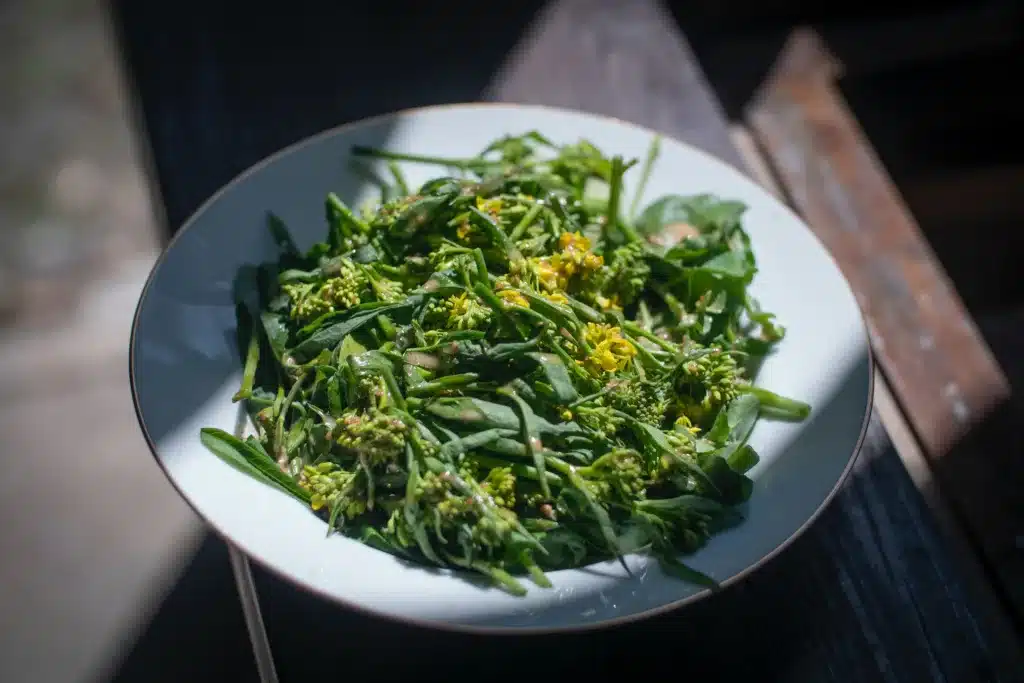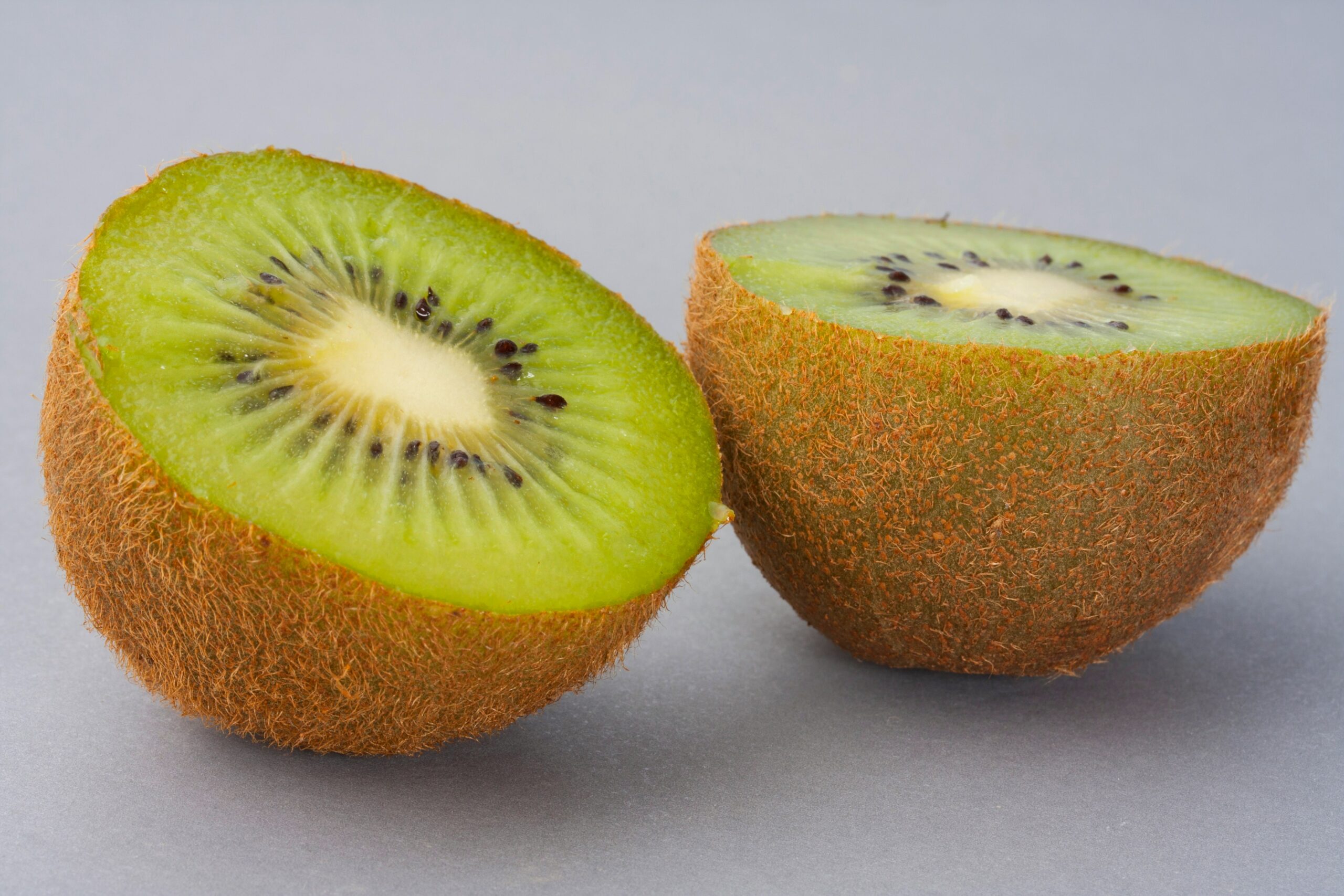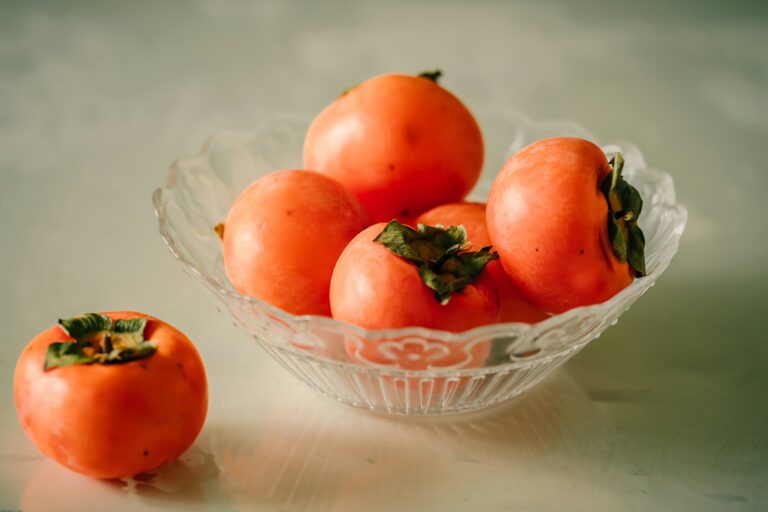The scientific name of mustard greens is Brassica juncea. They are generally considered very healthy and safe and are native to India. The first mustard greens were cultivated in China near Sichuan. Mustard is native to temperate regions of Europe. Mustard began being produced as a specialty crop in North America, Russia, Nepal, and Canada. Globally, the Largest producers of mustards are currently these countries.
Size: Full leaves the size of 15 to 18 inches—2.5 mm in diameter. If the length of leaves is 6-8 inches long, you can also, pick them.
Color: Medium dark shade of yellow-green. Mustard also goes beautifully with warm green and pale pink hues. Dull/dark yellow color that resembles culinary rd
Shape: Look oval-shaped or globular. Leaves are rounded and partially clasp the stem. Long, ruffled leaves
Flavor: pungent-tasting and odorless. Mustard greens grow a little bitter
Species & Use/ways of the mustard greens
Species of the mustard plant
- Brown mustard
- Chinese mustard
- Indian mustard
- Leaf mustard
- Oriental mustard
- Vegetable mustard
Use/ways
- Soups
- Salads
- Also, be steamed
- Tossed with olive oil, garlic, and lemon juice for a simple side dish
- With their peppery, spicy flavor, mustard greens are a delicious addition to your dishes
- Raw, boiled, or stir-fried
This article provides a complete overview of mustard greens, including their nutrition, benefits, uses, and overuse.
Nutrients
One cup (56 g) of chopped raw mustard greens provides
Calories 15
Fats less than 1 g
Proteins 2 g
Fiber 2 g
Sugar 1 g
Copper 10% of the Daily Value
Vitamin A 9% of the Daily Value
Additionally, mustard greens contain 4-5% of the daily value for calcium, iron, potassium, riboflavin,(Vitamin B 2), magnesium, and thiamine(Vitamin B 1). Compared with raw mustard greens, one cup (140 g) of cooked mustard greens has a much higher level of Vitamin A (96% of the daily value, Vitamin K (690 % of the daily value), and copper (22.7 % of the daily value).
| How to grow Mustard greens? |
Benefits of Mustard greens
Rich in disease-fighting anti-oxidants
Antioxidants are naturally occurring plant compounds that help protect against oxidative stress caused by an excess of free radicals. Free radicals are unstable molecules that can damage your cells. Additionally, red varieties are rich in anthocyanins, which are red-purple pigments found in fruits and vegetables that have been linked to a reduced risk of heart disease, cancer, and type 2 diabetes
Boost immunity
Mustard greens are also good for your immune system. One cup (56 grams raw, 140 g cooked) provides more than a third of your daily Vitamin C needs.
Vitamin A in mustard Greens also supports your immune response. Promote the growth and distribution of Vitamin T-cells which are a type of white blood cells needed to help fight potential infections
Improve heart health
Beta-carotene and flavonoids are associated with a reduced risk of developing and dying from heart diseases.
Brassica vegetables help bind bile acids in your digestive system. Significant for preventing the reabsorption of bile acids and leads to lower cholesterol levels. Mustard greens are an effective anti-inflammatory against acute and chronic inflammatory processes.
Good for eye health
Mustard greens are lutein and zeaxanthin, which help to improve eye health. Specifically, these two compounds help to protect your retina from oxidative damage.
May have anti-cancer properties
Powerful antioxidants have anti-cancer effects. Mustard Greens are rich in a group of beneficial plant compounds called glucosinolates. Glucosinolates help to protect cells against DNA damage and prevent the growth of cancerous cells. Mustard Greens leaf extract was found to be a protective effect against colon and lung cancer and reduced the risk of certain types of cancers including stomach colorectal and ovarian cancer.
They have also been shown to keep your mind sharp
Side effects of Mustard greens
There are no major or notable mustard greens side effects.
Large intake may trigger side effects in individuals who take a blood thinner or have a high risk of oxalate-type kidney stones. Don’t overconsume.
FAQ
Are mustard greens good to eat?
Mustard greens have many health benefits they are rich in disease-fighting antioxidants that can protect against oxidative stress caused by an excess of free radicals. They are also good for your eye health and boost your immunity. Mustard greens are also a great source of many vitamins.
Is it OK to eat mustard greens raw?
Yes, you can depend upon your choice of how you want to eat it but the nutritional value of the vegetable may change depending on how you prepare it. The amounts of vitamins K, A, and copper are higher in cooked mustard greens but the amount of vitamins C and E are lowered.
Is there another name for mustard greens?
Brown mustard, vegetable mustard, Indian mustard, and Chinese mustard are further names for mustard greens.






